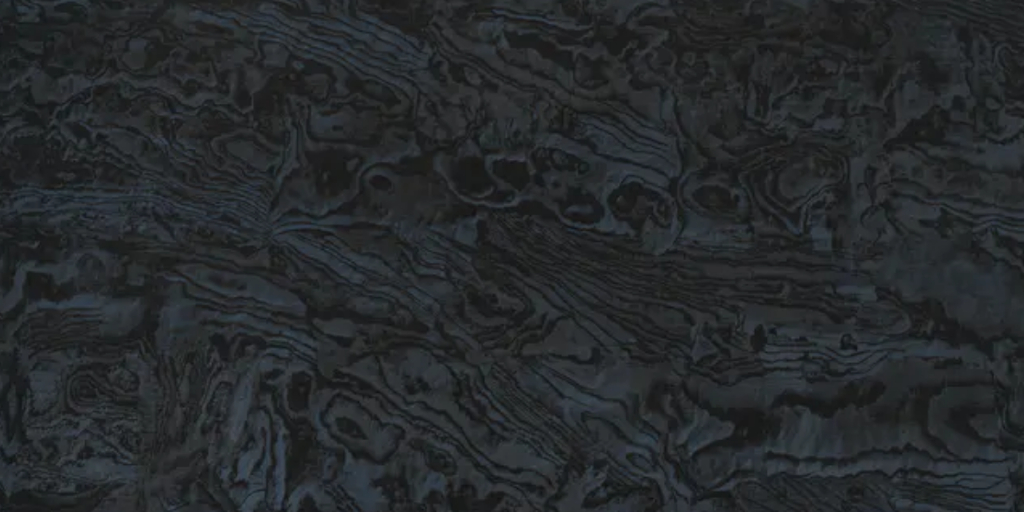Sintered Stone Surfaces
Sintered stone is a relatively new material in some areas of the hard surfaces industry. This material is sometimes lumped into a category or group with other materials like porcelain surfaces. Yet, it is a different material and even within the category itself, there are variations between proprietary ‘recipes’ and processes that make the resulting materials different from one another. In this post, we are going peer into the details that make sintered stone surfaces unique when compared, not only with other materials, but also with rivals in the same material class.
Sintered Stone – A Fascinating Material
It doesn’t take long to realize that this material is amazing. All you have to do is research how it is created. Engineers produce sintered stone in a manufacturing facility. Sintered stone goes by various terminology. Some material names in this category include:
- Ultra-compact Surfaces
- Sintered Stone
- Pyrolithic Stone
Various companies produce sintered surfaces some of these are:
- DEKTON®
- DuraLosa
- GEOLUXE
- Lapitec®
- Neolith
As mentioned, these brands vary in the details of how each is produced and the differences are substantial. Yet, they are similar enough that they can all be classified together. So, what is sintered stone? Let’s explore the answer to that question briefly.
What Sintered Stone Is
One of the reasons that sintered stone gets grouped with porcelain in some cases is that both materials are made by using a process known as “sintering”. Yet, the materials are different. For more information on the differences you could check out Comparing Sintered Stone to Porcelain. Sintered stone is a material that is made by subjecting raw materials to very intense heat and pressure. Some sintering processes involve other forces as well, like electricity. The raw materials used and the exact amounts of and types of forces used will vary from material to another. So, the resulting surfaces will vary. This is a couple of examples that highlight the differences making the each of the above materials unique.
Characteristics of Sintered Stone
The resulting material that comes out of the sintering process is affected by the type of and amount of the raw materials that go into the process. Some of the brands of material point to the ingredients being made up of minerals found in natural stone. Thus, the resulting material is a “stone” produced by the sintering process and is “sintered stone”. Other manufacturers use proprietary recipes that make the resulting material something else and thus give their materials a unique name to reflect the uniqueness of the material.
Whichever one you look at though, you find that the resulting surface has some very desirable qualities. For example, sintered stone is extremely hard. In fact it is as hard as, or perhaps even harder than any other material used to make countertop surfaces in the stone industry.
Another characteristic of sintered stone, is that it is non-porous and it is highly resistant to stains. And any stains that do occur on the surface of a sintered stone material can be removed. Additionally, the cleaning can be done with all sorts of cleaners. Many alkaline, acidic, and even solvent cleaners as well as other cleaner types remove particular substances from the surface of sintered stone without hurting the material itself.
Design Qualities of Sintered Stone
Sintered stone surfaces may be manufactured, but the material is very diverse when it comes to design styles. The main reason sintered materials are so diverse is because they are created in so many colors and visual textures. One example can be seen by browsing the Dekton Mastidek colors on the website. As you will no doubt see, every design style is a potential match for at least one of the colors in the selection.
So to sum it up, sintered stone is significantly different from porcelain and the results vary depending on the materials and the forces used to produce it. Additionally, the material yields very desirable qualities including hardness, stain resistance, and a diverse color palette. So if you decide to work with sintered surfaces or to have them in your home, you are sure to get a material that will perform well and go with virtually any interior design.

